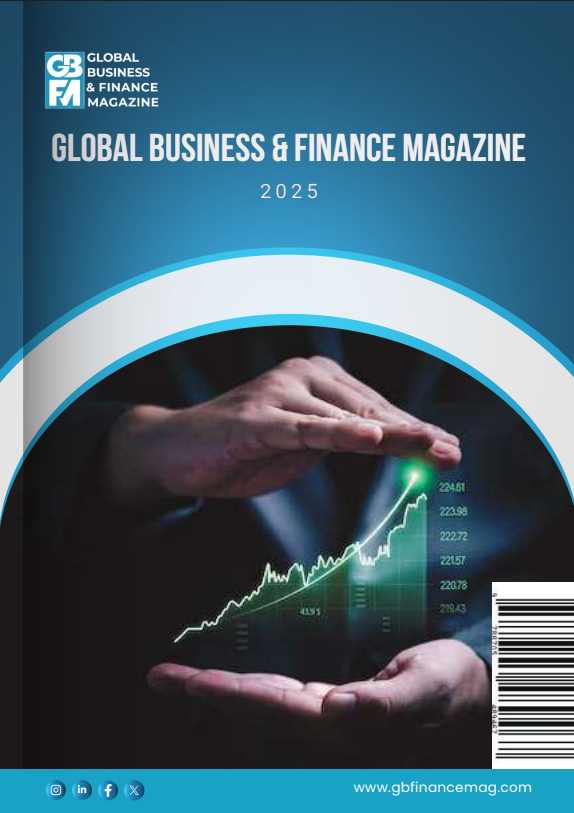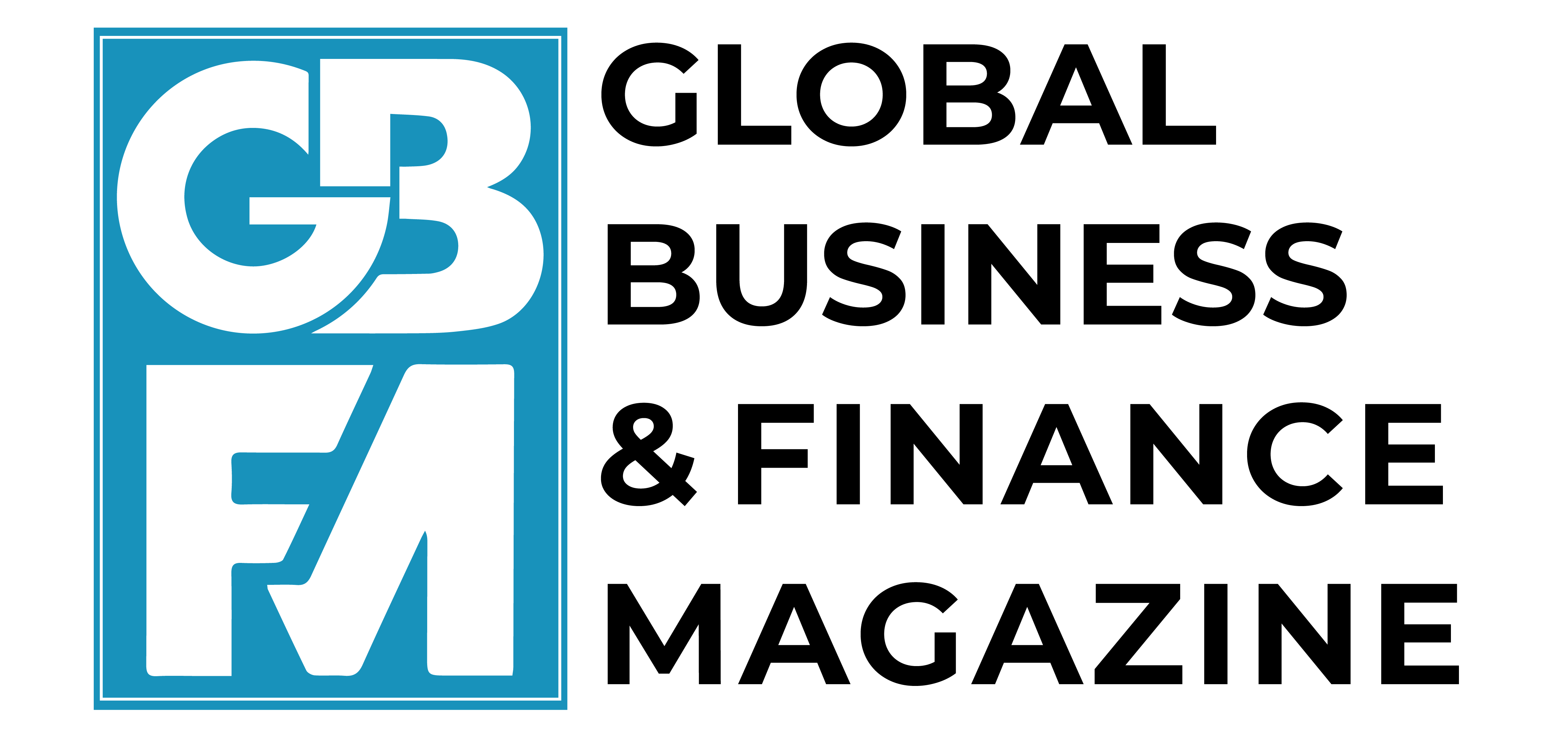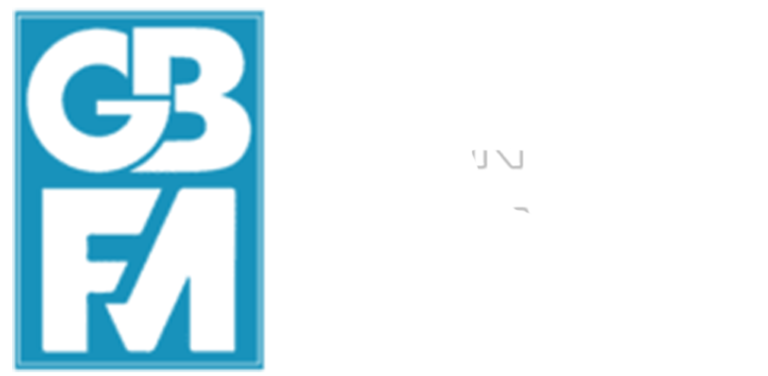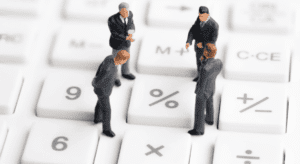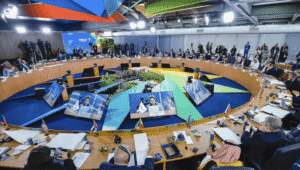When supply shocks to essential inputs spur innovation: Lessons from the global rare earths disruption

Trade and industrial policies designed to support domestic industries can unintentionally kindle technological progress abroad. This column examines the case of rare earth elements –
Uncertain times in Lebanon: How policy shocks ripple through MENA markets

Despite its small size, Lebanon’s chronic crises send financial shockwaves across the Middle East and North Africa. This column uses a Twitter-based index of economic
Beyond words: Fed chair voice sentiments and US bank stock price crash risk
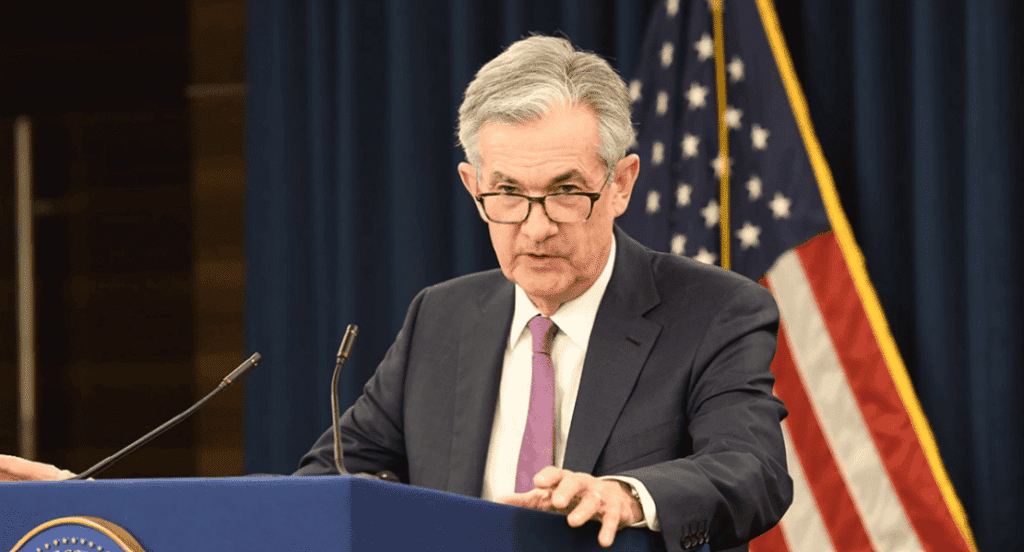
Investors and policymakers increasingly rely on verbal guidance rather than policy moves. This column examines whether the emotional sentiment of the chair of the Federal
The rise and retreat of US inflation: An update
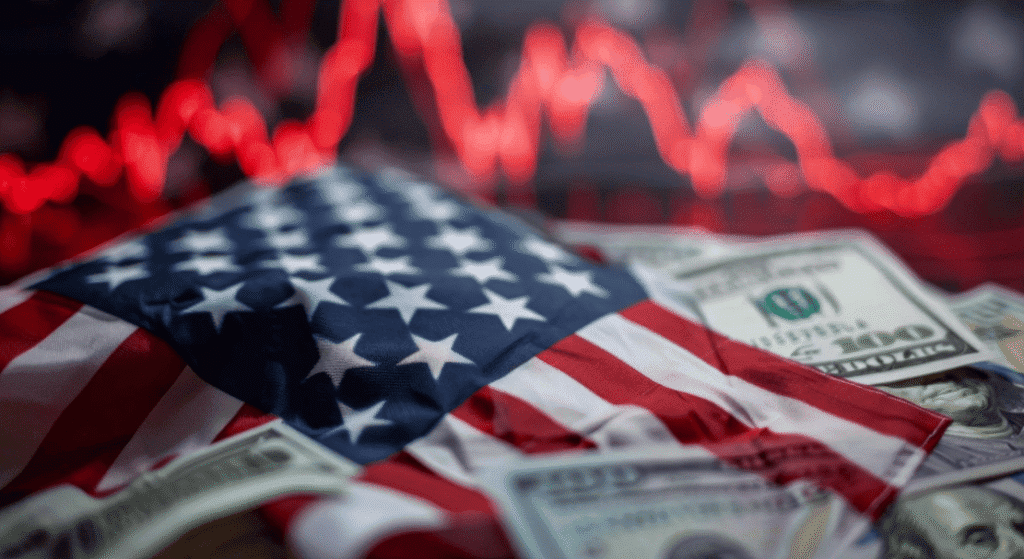
During the pandemic, annual CPI inflation in the US rose sharply to a peak of 9% in June 2022. This column argues that the rise
The economic consequences of the second Trump administration: A preliminary assessment

The world is adjusting to President Trump’s second ‘first hundred days’ in office. This column introduces a new CEPR eBook in which over 50 experts
Quantifying global debt risks amid high and rising public debt
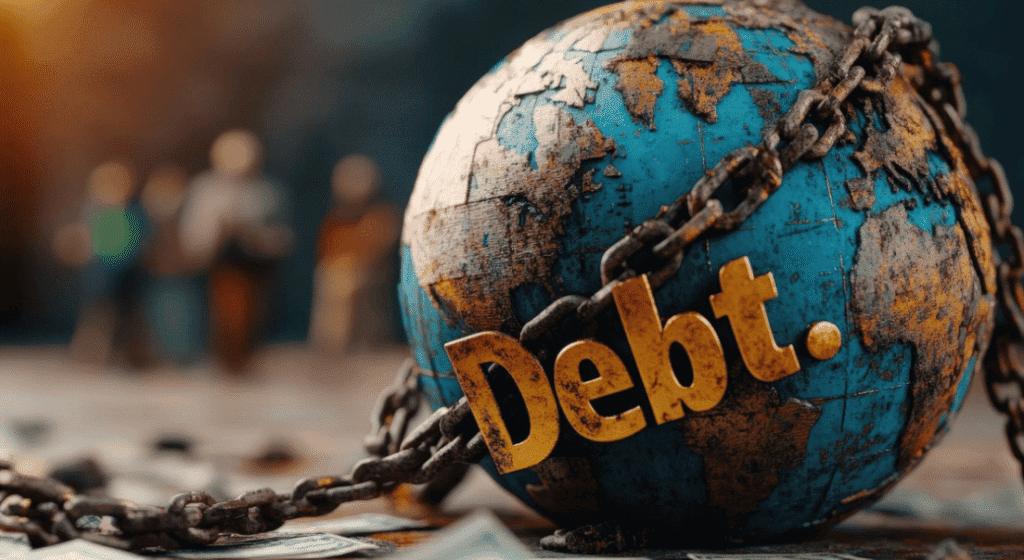
As global debt continues to climb, evaluating debt risks is critical. This column introduces a novel ‘debt-at-risk’ framework that uses information on current macro-financial and
Generative AI in universities: Grades up, signals down, skills in flux

Student use of artificial intelligence is reshaping learning and redefining the skills of future workers. This column examines the impact of generative AI tools on
Default to mum: How institutions quietly shape gender roles in parenting

Mothers continue to shoulder the majority of childcare responsibilities even in dual-earner households, contributing to gender gaps in earnings, labour force participation, and career advancement.
Ten challenges facing China’s economy

Depending on how it is measured, China’s economy is now the world’s largest or second largest. It is also the world’s second-most intertwined in terms
From banks to nonbanks: Macroprudential and monetary policy effects on corporate lending

The growing footprint of nonbank financial institutions in corporate credit markets raises important – but often overlooked – questions about how monetary and macroprudential policies
